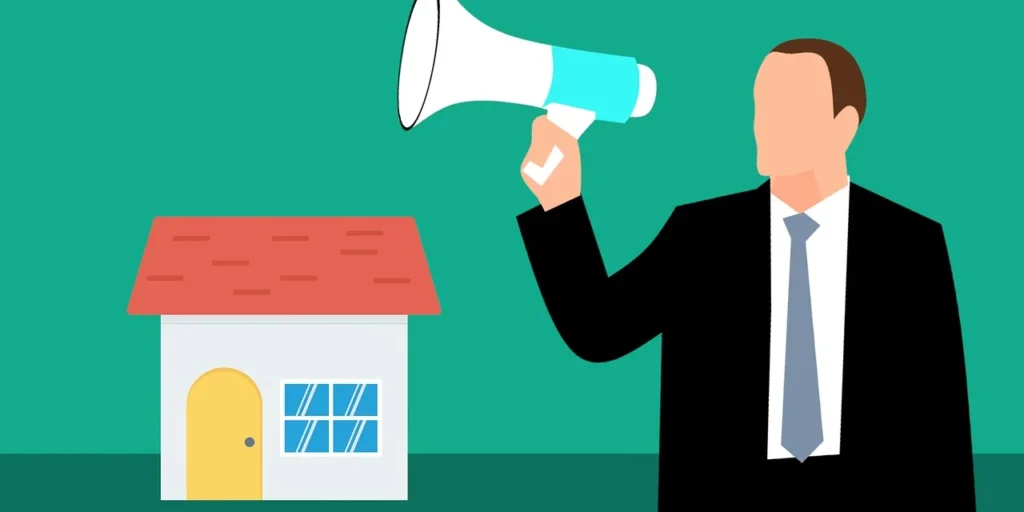“We tend to overestimate the effect of a technology in the short term and underestimate the effect in the long term.” This is the little-known Law of Amara that describes how we perceive the impact of new technology on our lives. Before we discuss the impact of technology on the future of appraisal data, it’s good to get a historical perspective.
Forty years ago, appraisers were storing property data on Property Cards. Some even had a small hand drawn sketch on the back.
Thirty years ago, (the 90s) saw the proliferation of personal computers, the introduction of personal databases, and a new way for appraisers to store their data. As the internet and websites became commonplace, we saw the introduction of online MLS systems and the creation of national property information providers. Monthly MLS listing books and trips to the court house became a thing of the past.
Twenty years ago, (the 2000s) saw the internet bubble burst, but also the introduction of faster communications and new companies like Zillow. The Zestimate was born and slow dial up modems were thrown in the trash can. Google provided free online maps and the days of photocopying a map page and rubbing on labels ended. Apple introduced the iPhone and the mobile computing era was born. This is also the start of Big Data. Remember Big Data?
Ten years ago, (the 2010s) saw Big Data tamed by advances in Artificial Intelligence, namely Deep Learning and unlimited cloud storage. Deep Learning gave us the ability to make sense of raw data and turn it into useful information. It could identify people and things in a digital photo. We saw the proliferation of cloud-based services like Alexa and Siri and the creation of thousands of new apps all residing on our phones. Deep Learning showed us that self-driving cars were possible.
Today, we take Siri, Alexa, and getting directions for the quickest way home for granted. A lot has changed over the last two decades, but appraisal data and more specifically, appraisal inspections have remained unchanged. There have been advances in efficiency, but property data is still gathered manually by the appraiser. Photos are taken of the property to represent its condition and quality. The house is manually measured to determine GLA and a sketch is drawn to show the location of the measurements and the property’s basic configuration. For better or worse, all this is going to be changing.
Over the next five years, we will witness the transformation of the appraiser’s notes, sketches, and photos into a cloud-based, all-digital twin of the property. This is the digital transformation of the appraiser’s inspection data. And appraisers can thank self-driving cars for this change.
The technologies that make self-driving cars possible are the same technologies that make the digital transformation of appraisal data possible. Here are three worth noting:
AI-Deep Learning. This technology enables self-driving cars to identify other cars, or people in crosswalks or the white stripes on the road to keep it in its lane. Deep Learning can be trained to identify anything in an image. Take a lot of pictures of a house and it will identify everything in a house. Today, it’s being trained to provide condition and quality scores from house photos. This technology is now being rebranded as Computer Vision.
LiDAR. LiDAR is similar to the Disto that appraisers use to measure distances, except that instead of measuring the distance to one point, LiDAR is collecting the measurements from 500,000 points per second. These points create a Point Cloud which when displayed can form a digital representation of a physical space. Industrial LiDAR sensors are expensive, but we can thank Apple for miniaturizing this technology and putting it in your iPhone. Today, you can use your iPhone to create a point cloud that represents the property you’re inspecting.
5G transmission speeds. LiDAR point clouds and video files are huge, but with 5G capability, transmitting these files to the cloud from your phone will no longer be a problem or a barrier to using LiDAR or video at the inspection site.
When you combine these technologies, you can start to see the possibilities. The LiDAR Point Cloud provides the dimensions of literally every point inside the house. From the LiDAR dimensions you can recreate the entire house digitally. Need a floor plan and GLA? No problem. From the photos or video, Computer Vision can identify rooms and features in the house as well as its condition and quality. It can generate the information normally found in an appraiser’s notes. With the power of cloud-based processing, the entire creation of a digital twin, beginning with the property walk-through to create the video and point cloud, to uploading the data and processing it could be completed in a few hours.
We are probably five years out before this scenario becomes common, but with the introduction of floor plan requirements by the GSEs, the introduction of low-cost LiDAR by Apple, the emergence of video for use in virtual inspections and the advances in computer vision we are definitely on a path to seeing a digital transformation of the appraiser’s data.
The next five years will be filled with opportunities for appraisers that embrace change and for those who don’t care for it too much, it’s good to remember Amara’s Law about technology: “We tend to overestimate the effect of a technology in the short term and underestimate the effect in the long term.” Translation: Change is coming, but not as fast as you might fear.








